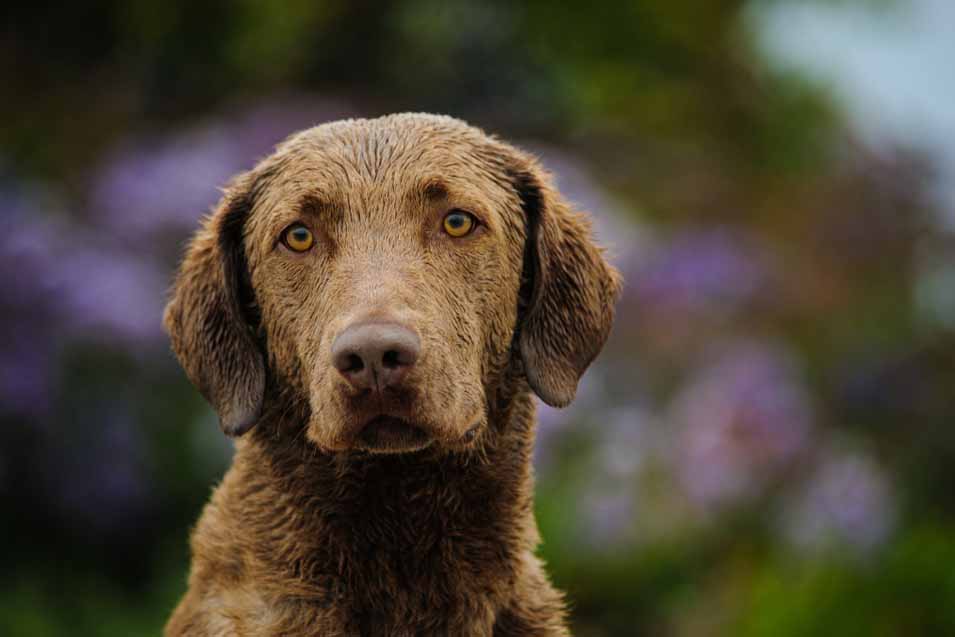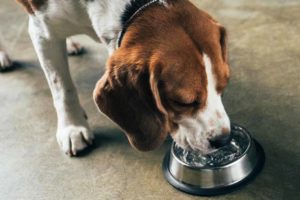Dogs love to chew on bones; of this, there is no doubt. If you’ve ever watched Fido contentedly gnawing away on a raw, meaty bone, you know that it’s an immensely satisfying activity for him. But is this age old practice actually safe for our dogs?
Over a period of 7 years, the U.S. Food and Drug Administration, also known as the FDA, has reported 68 emergency cases requiring veterinary assistance as a result of dogs chewing bones. While this may not seem like a staggering number in comparison to the vast amount of dogs engaging in the same activity without injury, it is important to note that the FDA specifies further in its report that of the 68 dogs receiving veterinary care for bone-related incidents, 15 of them died.
Are You Taking an Unnecessary Risk by Allowing Your Dog to Eat Bones?
Let’s face it; we’ve all done it. All you need to do is take Fido on a trip to the pet store, and you will find him salivating over the bones on display directly beside the cash register. It’s impossible for any dog to resist!
We love to give our dogs treats, and bones are one thing that engages their brains and their jaws productively. For dogs who are house bound due to stormy weather or owners who are at work, chewing on a bones is a satisfying way to pass the time.
But is there more to consider than this?
Here are some potential problems that can result from your dog chewing a dog bone:
Food borne illnesses
Bones can potentially harbor harmful bacteria and even molds. Because of this, it is possible for our dogs to become very ill after chewing on a contaminated bone.
Since our dogs are scavengers, they may find bones left behind by other animals. These bones may have sat out in the hot sun after having been discarded by the original predator. By the time Fido finds it, the remaining flesh may well be rancid.
Bones from food that we eat that have not been stored at the correct temperature to prevent food borne illness can also pose a problem. In 2017, a leading study divulged that a brand of commercial dog treats was contaminated with salmonella, necessitating a nationwide recall. Any food sourced from animal origins has the potential to carry pathogens that can wreak great havoc on our dogs’ systems, and this is not simply limited to bones procured from our own family meals. Commercially smoked, dehydrated, or even raw bones can also carry this risk.
Choking hazards
Cooked bones are particularly prone to splintering, but even raw bones can pose this type of problem. Sometimes our dogs will try to “bite off more than they can chew” and swallow a piece of bone that is too large for them to pass through their esophagus safely. This can lead to asphyxiation. It is wise for all dog owners to be properly acquainted with the Heimlich maneuver for pets. It could save your dog’s life.
Mouth abrasions and ulcers
As bones splinter, they become quite sharp. While your dog is happily working away on his bone, he may not realize the damage he is inflicting on his mouth until the bone is taken away. Mouth abrasions are extremely painful and can become infected, requiring veterinary care.
Intestinal blockages
Fido might be able to get that bone down past his esophagus, but it might just be jagged enough or too large to safely pass through your dog’s intestinal tract. This can lead to blockages. Blockages are often evidenced by blood emanating from the anus or in your dog’s stool. Your dog may vomit as well.
Any obstruction of the intestines is very serious and requires immediate veterinary intervention. Left untreated, it is highly possible that your dog may die.
Death
15 of the 68 dogs in the FDA report did not survive their incidents with bones. Because of this, it is critical that if you choose to give your dog a bone that you ensure you have given him one that is appropriate for him to chew and that you carefully supervise him while he works on his bone. Failure to do so can have disastrous consequences.
Are Some Bones Safer than Others?
Still, the fact that bones remain one of the most popular items at pet stores tells us that bones are most likely safe for our dogs to enjoy, assuming that pet owners put the proper precautions in place and are vigilant about providing proper supervision.
Research shows that certain types of bones are safer for our dogs’ consumption than others.
Here is a list of the safest choices of bones for your dog’s enjoyment:
Raw bones
Raw bones, whether they find their origins in cows, chickens, turkeys, or even pigs, are generally safe for your dogs as long as they are properly stored and handled to prevent food borne illness. They are the best option for a safe bone for your dog to enjoy.
Raw bones may come simply as a bone, or you can purchase them with meat and skin still attached from your local, reputable butcher.
These types of bones provide additional benefits as they are generally sold frozen and require a little extra chewing muscle meaning not only your dog’s jaws get a work out, but his teeth get a good cleaning too.
Knuckle bones
Knuckle bones are generally smoked or dehydrated and are safe for your dog’s chewing satisfaction. They have the advantage of being durable, but care must still be taken to provide proper supervision to avoid any accidents.
Bones from the beef leg
Beef leg bones are typically a safe choice as well. Like knuckle bones, they are normally smoked or dehydrated, but you can also purchase raw versions of this type of bone.
The dehydrated and smoked versions can splinter, so supervision is key.
There are certain bones that are never safe for our dogs to consume. Fish and cooked chicken bones are far too brittle and are the most common culprits in bone-related injuries and deaths. They are to be strictly avoided at all times.
Are There Other Alternatives to Bones You Can Give Your Dog?
Dogs love to chew, and research shows that using their jaws in this manner is calming for them and provides a great form of stress relief. Because of this, it is important to encourage your dog’s desire to chew. In order to do this in a productive manner, it is necessary for us to provide things that are appropriate for Fido to chew on, so he doesn’t instead resort to gnawing on your antique end tables or destuffing your brand new couch.
One of the most beloved dog chew treats is known as a bully stick. Bully sticks are made from dehydrated bull penis. They come in a variety of sizes, and most dogs love them. They are softer than bones and do not splinter, making them an ideal choice for dogs who like to chew things but who are known for attempting to swallow bones that are jagged or slightly too large.
Many dog owners also like to fill Kongs with a variety of different fillings to appeal to their dogs’ love of food and their desire to chew. Kong fillings can even be inserted into the Kong then frozen to provide longer lasting chewing satisfaction.
Fido jones-ing for a meaty bone to enjoy? Dogs love their bones, and there is nothing quite like the joy you experience as you watch Fido contentedly gnawing on his favorite treat. Choose from one of the safest bone options and take care to supervise at all times, and bones can remain a happy part of Fido’s chewing repertoire!






